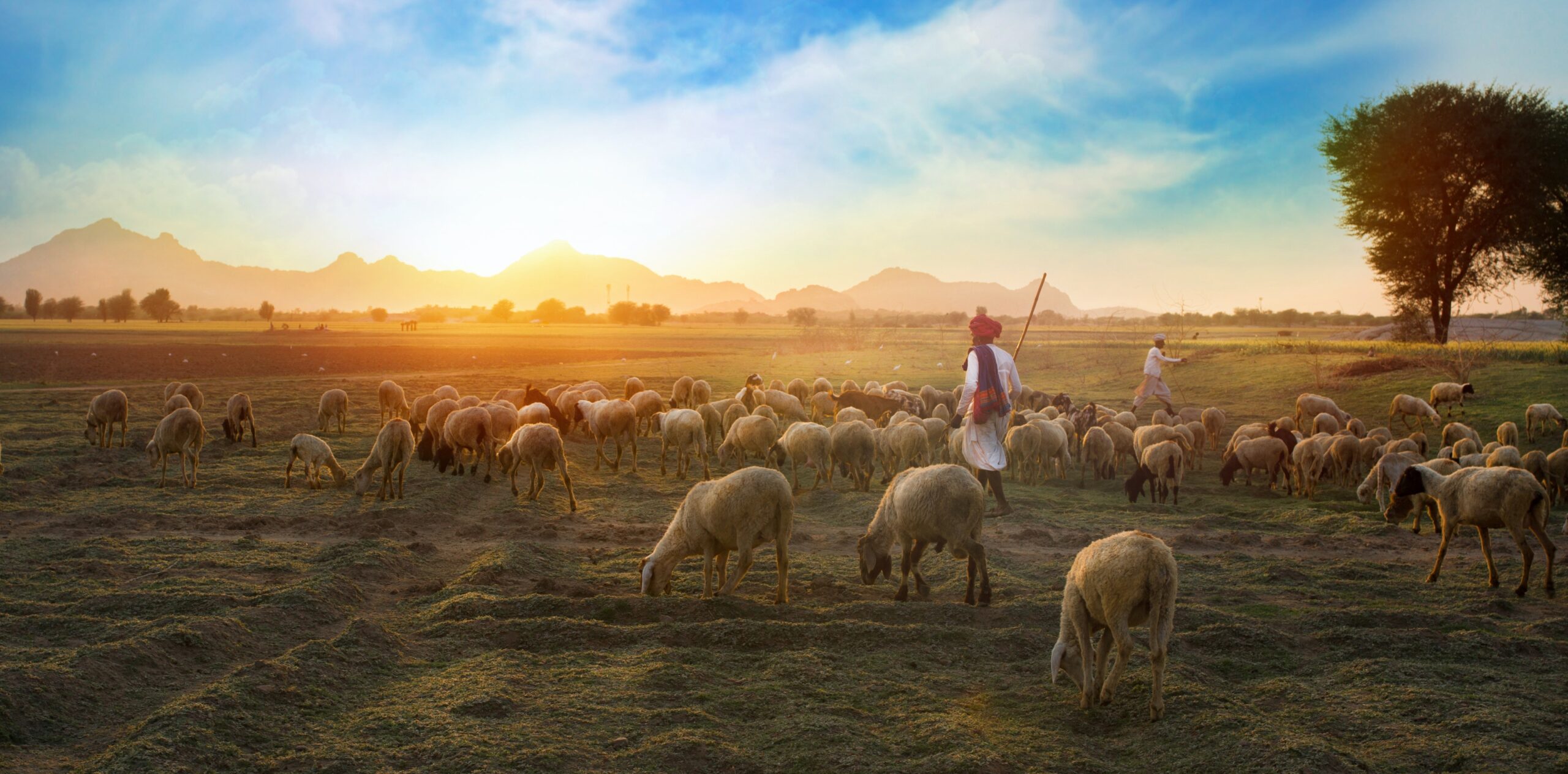In the agriculture sector, there are a few achievements that can be done on your own. Success requires an aggregated proactive approach from individuals, companies, governments and non-governmental organisations.
From smallholder farmers to commercial farmers in sub-Saharan Africa, efficient and effective planning in agriculture begins with an in-depth analysis of the market. Currently, 60 percent of the population of sub-Saharan Africa is smallholder farmers that are affected by the price of the inputs, inconsistency of produce quality, lack of affordable advertising, low incomes, unstable climate and temperatures, low fertility of soils and poor topography, unavailability of water and labour, low number of buyers, and unfavourable government policies.
Some of these factors can be mitigated by the collaborative effort of farmers working together to face the challenges through forming farming groups that supply a specific product. By doing so, they can manage to share costs of advertising, inputs, and transport.
Some high-cost inputs may be purchased off-season when the product to be supplied is not being grown. Most agribusiness retail outlets sometimes have surplus goods leftover from the farming season of a certain crop or animal productive period. Thus farmers can benefit from the low pricing provided during the off-season period of the produce.

To address the inconsistency of produce, farmers can attend workshops that teach farmers about ensuring that they produce the best quality for the market. The better the quality, the higher the price farmers can obtain for their products. It can even eventually lead to farmers exporting these goods. There are agricultural products that require licences before production begins. For instance, in Zimbabwe, a license for hemp production costs USD 57 000. The cost of a license falls on the farmer, but such a large amount is too expensive for one farmer.
However, if more farmers can contribute towards the amount, they can then subsequently supply the market. As the internet becomes more affordable for most of sub-Saharan Africa, advertising through platforms such as WhatsApp, Twitter and Facebook also become easier and cheaper. There are companies offering satellite dish internet installations to improve internet access in remote areas.
Not only does this provide a reliable market for produce, but it can also act as a fundraising technique for farmers. This can happen in the form of crowdfunding groups, public and private companies, the government and non-governmental organisations.

General knowledge of the market is always a plus. There is no need to focus on high value produce knowing well that most consumers cannot afford it. As commonly said, give the people what they want, thus eliminating loss of perishable produce and lack of returns on produce because of supplying the market with what it does not need.
Payment plans can be created for farmers requiring funds for inputs or to cover operational costs. Security for this finance can be backed by collateral provided by the farmers, governments, and the central banks. The benefit of this is to stimulate production and improve agricultural GDP performance. A lot of farmers do not belong to any agricultural association or body. In this way, they cut themselves off from vital information that would aid them in their production systems as well as free inputs or assistance when it comes to their agricultural projects.
The subscription fees to join the agricultural associations or bodies are relatively affordable, and more farmers need to join these groups. As most of the sub-Saharan countries look toward satisfying Sustainable Development Goals (SDG) 2030 through the United Nations Development Programme (UNDP) – which seeks to end poverty, protect the planet, and bring peace and prosperity to all – a lot of funding is going towards agricultural projects. More awareness about these opportunities should still be intensively directed toward farmers in need.









